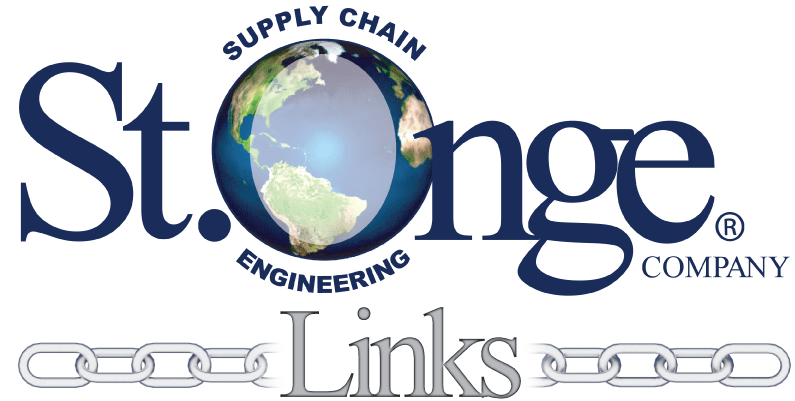 Strengthening your supply chain one link at a time.
Strengthening your supply chain one link at a time.
Welcome to the first a series of posts around a topic we have yet to focus on directly in Links—tackling sustainability in supply chains and business. This initial post is meant to be a broad introduction and subsequent posts will be more specifically aimed at how to address sustainability-oriented challenges within the supply chain.
Understanding the value of Environmental, Social and Governance (ESG): Buzzword bingo or new business baseline? Spoiler: It’s the latter.
While working in the energy industry over the last decade, we experienced a transformation after several traumatic safety incidents – brought to the forefront with the Deepwater Horizon disaster in the Gulf of Mexico. Energy companies focused on safety more than ever, shaping how they defined their “license to operate.” Eventually, over a long time, paired with substantial investment and effort, safety became natural and ingrained into everyday culture and operations. Those companies that operated safely remained successful.
Simultaneously, another change was coming to the industry: the energy transition. This transition – coupled with broader, external societal pressures and expectations around working conditions and transparency in operations – started gaining momentum. Though businesses already had the standard Corporate Social Responsibility (CSR) reports, the world was asking for more, and a stronger stance. ESG is an evolution of CSR and continues to solidify its place as the new way of doing business – a more complete license to operate.
Prior to embedding ESG into your organization, it’s important to understand each dimension and what they entail (these are starting points and not exhaustive):
The first step in realizing benefits from initiating ESG programming into your business starts with recognizing the value of having a program. Skepticism is still present along with volatility and risk, but results speak for themselves. Throughout “The Great Resignation,” we’ve seen ESG programs delivering value in attracting, and retaining, top talent while troves of employees left employers seeking more values-driven organizations. Just as important, ESG programs are improving the bottom line, whether by increasing brand value and/or attracting financial investment. The key is understanding it is a long-term investment and the rewards can take time.
The next step is starting to internally examine your operations across each of the dimensions – Environmental, Social and Governance – and their potential impacts externally. Work to create definitions and scopes of these dimensions that are applicable to your business or organization, then find ways to measure them. Measurement and tracking can be a challenge but there are tools in place and being developed to improve and simplify the process. Find a tool that works best for you and your organization and get started.
As with any new program implementation, it may seem daunting at first, but the process is iterative and allows for modification as needed. There is no single one-size-fits-all solution. Any action is better than no action. And what better place to start than in your supply chain! Supply chains touch each of these dimensions: they can represent a substantial contribution to emissions and waste, they require working with suppliers and partners that pose risk for human rights concerns, and each link requires a level of governance and management to ensure smooth operations.
It is no longer a question of if ESG will become the standard but when companies will be judged on how well they implement their programs, develop accountability, and transparently share their progress.
In future posts, we’ll dig deeper into sustainability in the supply chain, explore what it means to become a B Corporation, and more. If you can’t wait until then, reach out directly to learn more now!
—Kira Bilecky, St. Onge Company